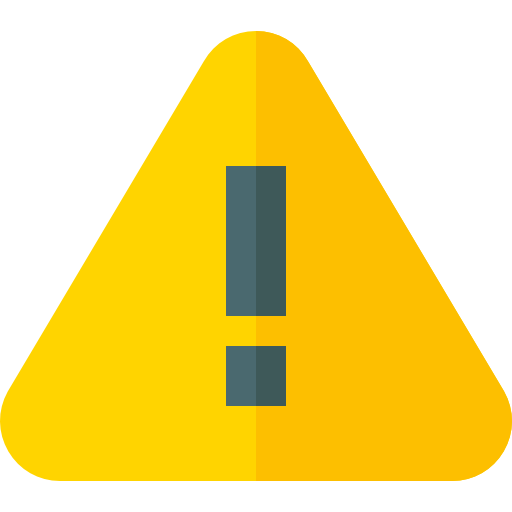What is Blockchain Explorer?
A blockchain explorer is a specialized tool, much like a web browser, that allows users to search, track, and verify transactions across blockchain networks such as Bitcoin, Solana, or Binance. More than just a transaction tracker, a blockchain explorer provides comprehensive insights into blocks, wallet addresses, and network activity in real time.
Financial institutions, crypto platforms, and users rely on explorers like the BTC blockchain explorer, USDT blockchain explorer, and Solana blockchain explorer to maintain transparency and accountability.
